
CONFIDENCE IN FIT!
The Art of Perfect Fit: Fitting Tests for Intimate Apparel Start-Ups and Entrepreneurs
Creating an impeccable fit is the cornerstone of success for any intimate apparel brand. From bras that provide all-day comfort to enhancing the wearer’s confidence, the journey to crafting the ideal fit is a meticulous process. In this article, we’ll delve into the world of fitting tests, offering invaluable insights tailored for start-ups and entrepreneurs in the intimate apparel industry.
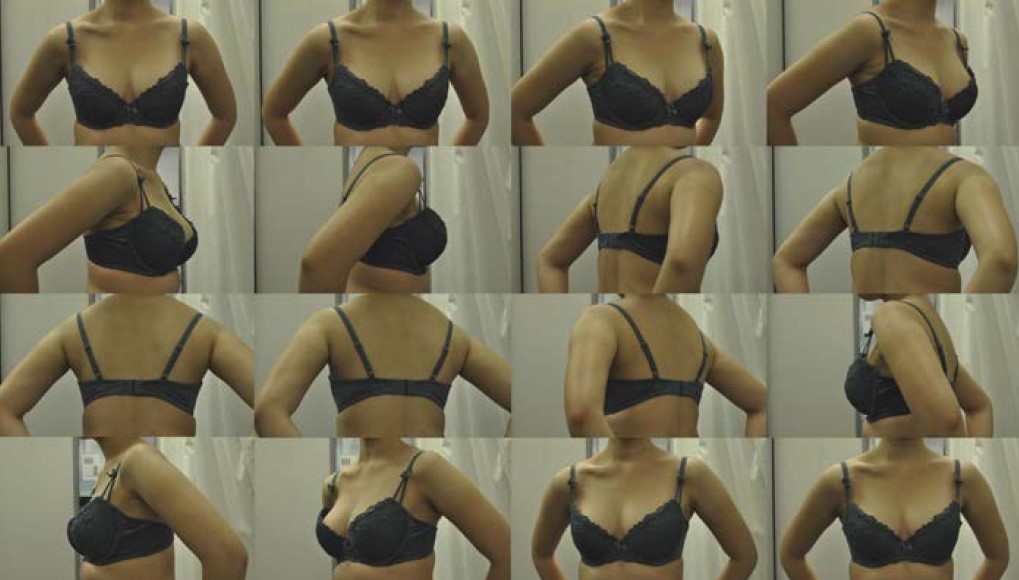
Fitting the Underband and Top Band
The underband’s significance cannot be overstated – it’s the bedrock of support for any bra. Achieving an optimal fit requires adjusting the back closure, ensuring that it maintains a comfortable yet secure grip around the ribcage. A well-fitted underband eliminates discomfort and prevents issues such as bulkiness or skin pressure.
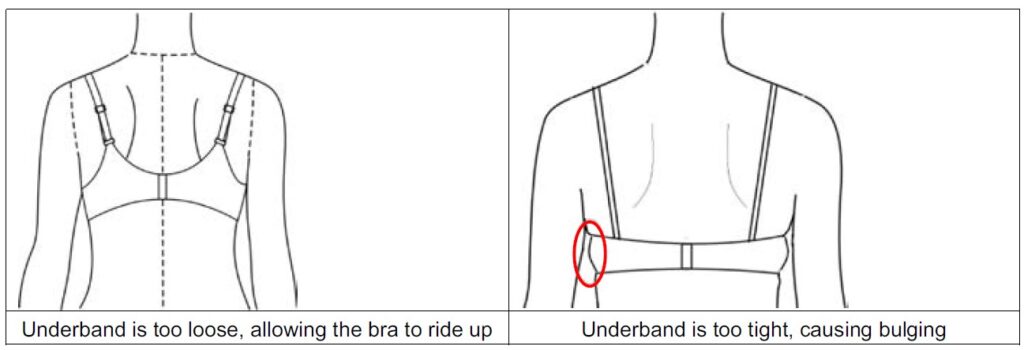
Consider these aspects:
- A too-wide underband can lead to a sense of bulkiness.
- An excessively narrow underband might cause uncomfortable skin pressure and bulging.
- A loose underband allows the bra to ride up, misplacing the underwire’s tension.
- A tight underband can dig into the skin, causing fatigue and marks.
- For strapless bras, silicone application to the underband can increase friction, but may cause irritation.
Fitting the Shoulder Straps
Once the underband is perfected, attention shifts to the shoulder straps. Straps should provide snug support without sliding, twisting, or causing discomfort. Material choices are crucial to avoid skin irritation, and alternatives to silicone are worth considering.

Key considerations:
- Too-tight or narrow straps can dig into the shoulders, affecting circulation.
- Loose or long straps may lead to them falling off easily.
- Optimal strap positioning prevents rubbing against the arms or creating neck wrinkles.
- Wider or padded straps distribute breast weight and maintain cup positioning.
Nailing the Gore Fit
The gore, the fabric that separates bra cups, is pivotal in maintaining proper positioning and stability. Ensuring a secure fit without wrinkling or gapping is essential. Adjusting gore width can dramatically impact cleavage and overall comfort.
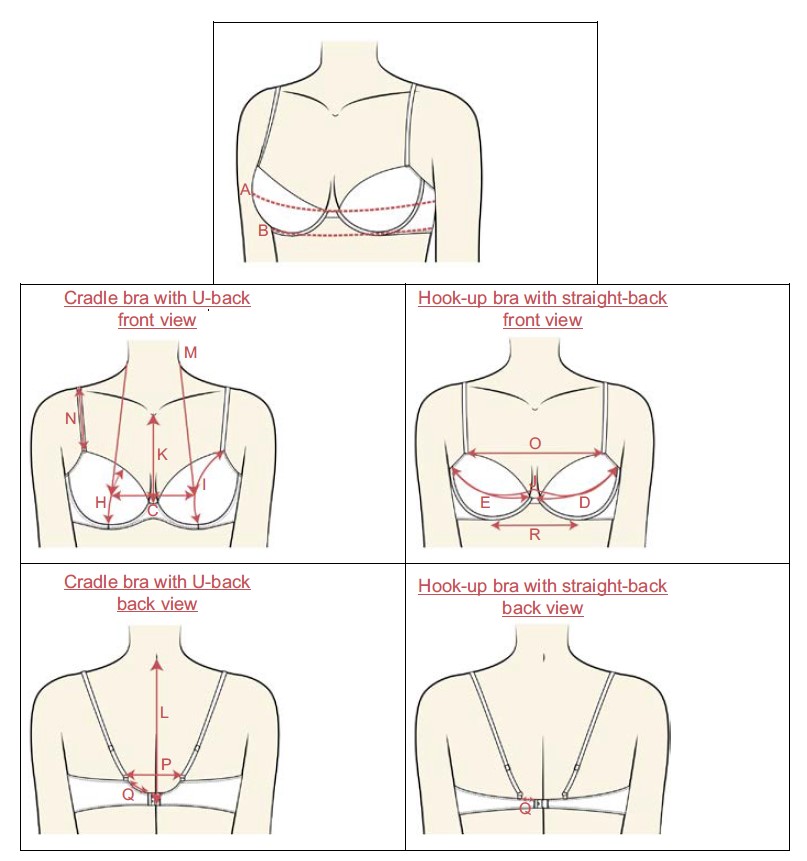
Width, D. Across Cup, E. Cup Capacity, F. Top Cup Height, G. Bottom Cup Height, H. Cup Depth,
I. Up and Down Cup, J. Wire Function, K. Front Neck Drop, L. Back Neck Drop, M. Halter Neck,
N. Platform, O. Front Across Strap, P. Back Across Strap, Q. Back Strap Length & R. Hookup.
Points to note:
- Wide top gore may lead to underwire sitting on the breasts.
- Narrow bottom gore might cause the top gore to lift from the body.
- An overly high gore can be uncomfortable and old-fashioned in appearance.
Perfecting Cup Fit
Creating a bra’s three-dimensional shape involves intricate construction and materials. Flexibility and moldability are key factors, ensuring the cups provide coverage and desired profile. Addressing issues related to cup size, seams, and fabric alignment is crucial.
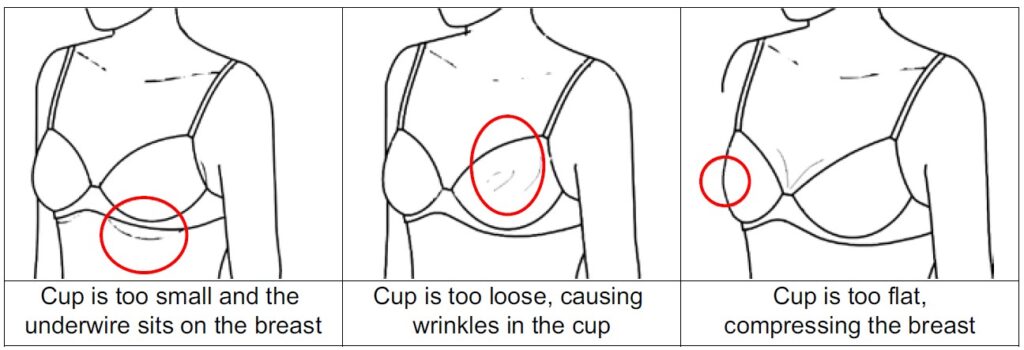
Consider these factors:
- Cups that are too small compress the breasts.
- Oversized cups result in wrinkles within the cups.
- Cup seam length affects the cup’s shape.
- Adequate coverage ensures a comfortable fit.
Fitting the Neckline
The neckline should neither gap nor bulge. The tension of the shell cup fabric should eliminate any extra material, even when the shoulders are pulled back. Achieving a smooth neckline requires precision in fit.

Keep in mind:
- Loose or long necklines create gaps between the cup and the breast.
- Tight or short necklines may cause unwanted bulging.
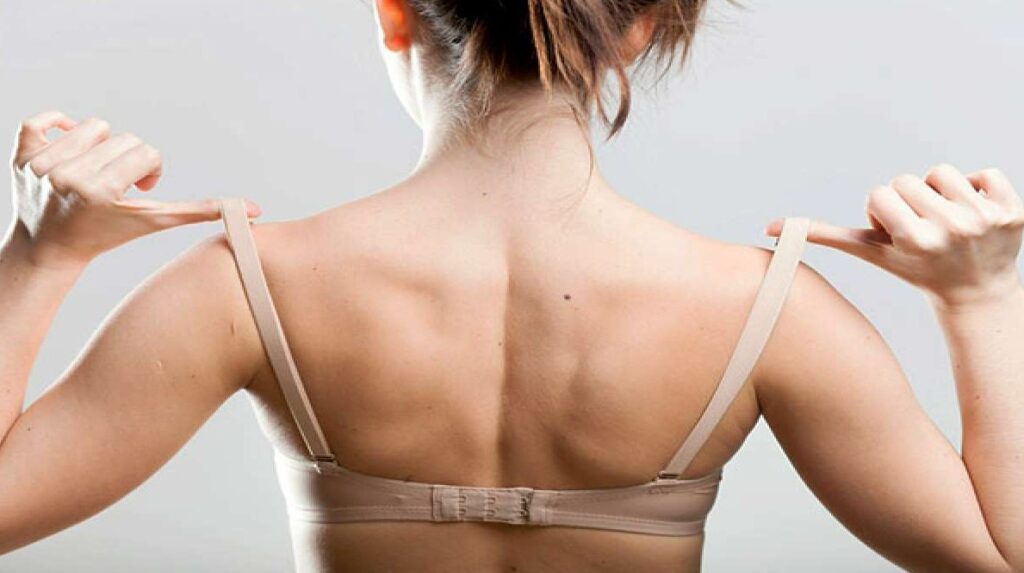
Fitting the Back Panels
Wrinkles or gaps in the back panel can stem from either excess fabric or improper stretchiness. Proper placement of stretch direction enhances wearer comfort, enabling easy breathing.
Key advice:
- Excess fabric leads to wrinkles or gaps.
- Direction of greatest stretch impacts fit and breathability.
In the intricate world of intimate apparel, precision in fit is an art that encompasses underband, strap, gore, cup, neckline, and back panel adjustments. Without conducting proper fitting tests, this cannot be accomplished. Proper fit assessment through a fitting checklist, aided by fitting tests, is a must to achieve this level of precision. Proficiency in these areas indeed enhances comfort and self-assurance, creating a foundation for outstanding creations that shine in the competitive lingerie industry.
Feel free to share your fitting test experience in the comment section.
